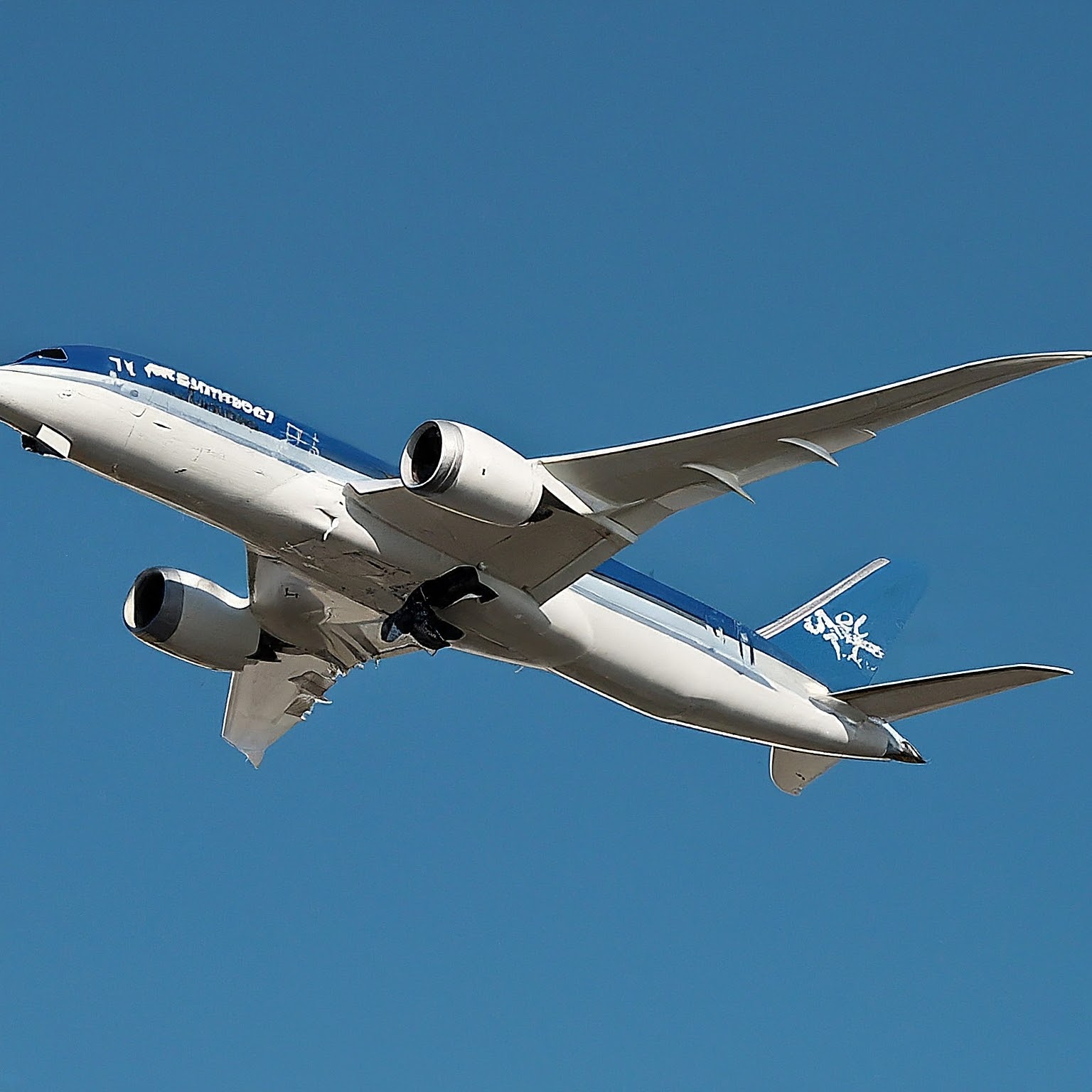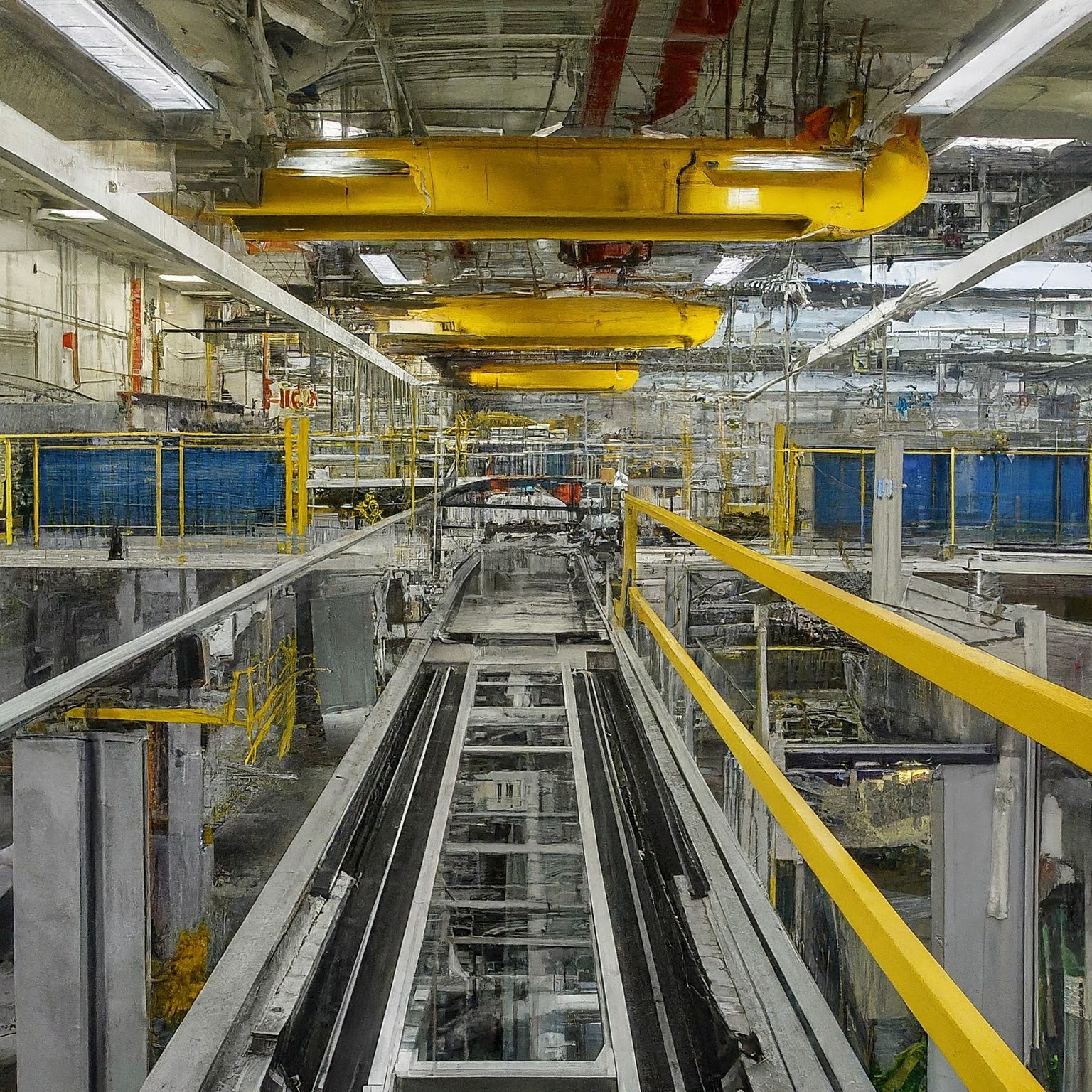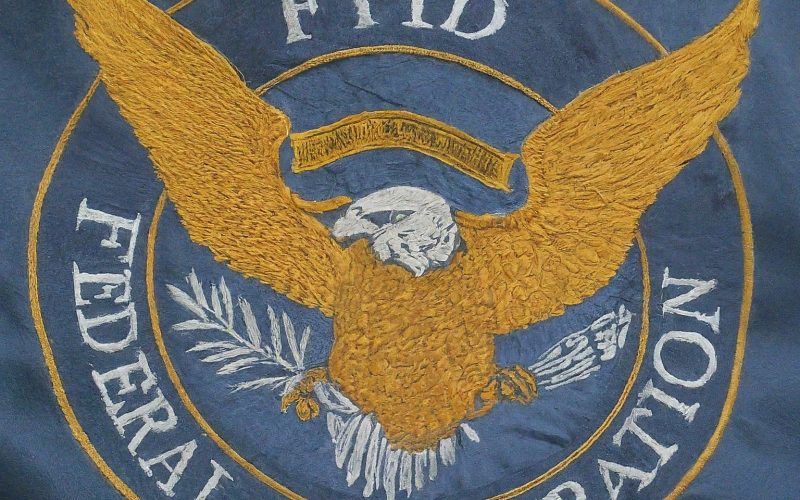About the Author:
Hi everyone! I’m Amelia, a lifelong aviation enthusiast with a passion for airplanes and the incredible minds that design and build them. Today, we’ll delve into a recent development that has shaken the aviation industry: safety concerns surrounding the Boeing 787 Dreamliner.
Headings:
- Dreamliner in the Spotlight: A brief history of the 787 and its impact on the aviation industry.
- Whistleblowing for Safety: Who is the whistleblower and what are the alleged production flaws?
- FAA Investigation Deepens: The Federal Aviation Administration’s role in ensuring aircraft safety.
- Impact on Boeing: Potential consequences for Boeing’s reputation and future production.
- Industry Implications: How this situation might affect broader aviation industry practices.
- Looking Forward: What can be done to address these concerns and ensure passenger confidence?
Dreamliner Under Scrutiny: A Closer Look
The Boeing 787 Dreamliner took the skies in 2011, ushering in a new era of long-haul travel. This innovative aircraft boasted game-changing features like composite materials for lighter weight, improved fuel efficiency, and a more spacious and comfortable passenger cabin. Airlines around the world quickly adopted the Dreamliner, solidifying its position as a major player in the aviation industry.
However, recent revelations by a whistleblower have cast a shadow of doubt on the 787’s seemingly flawless reputation.
Whistleblower Raises Red Flags
Sam Salehpour, a former Boeing engineer with over 17 years of experience, stepped forward in late March 2024 with concerning allegations about the 787’s production process. Mr. Salehpour claims to have identified critical flaws in the way certain parts of the fuselage, the aircraft’s main body, were manufactured. While the specific nature of these alleged flaws remains confidential, they raise serious questions about the structural integrity of the Dreamliner.
These allegations by Mr. Salehpour have triggered a swift response from the Federal Aviation Administration (FAA), the governing body responsible for ensuring the safety of all aircraft operating in the United States.
Key Points Table:
| Aspect | Details |
|---|---|
| Whistleblower | Sam Salehpour, Former Boeing Engineer |
| Allegations | Production flaws in 787 fuselage construction |
| Investigation Body | Federal Aviation Administration (FAA) |
The FAA Takes Action
The FAA is currently conducting a comprehensive review of Boeing’s manufacturing processes for the 787. This in-depth examination will involve a thorough analysis of Mr. Salehpour’s claims, along with inspections of Boeing’s production facilities and relevant documentation. The FAA’s primary objective is to determine the validity of the whistleblower’s allegations and assess any potential risks to passenger safety.
This investigation holds significant weight. Public trust in the aviation industry hinges on the unwavering commitment to safety, and the FAA plays a critical role in upholding these standards. A thorough and transparent investigation is essential for addressing public concerns and ensuring the continued safe operation of the 787 Dreamliner fleet.

Boeing Faces Turbulence
These developments come at a particularly challenging time for Boeing. The company has grappled with several issues in recent years, including the high-profile grounding of the 737 MAX following two fatal accidents. Boeing is undoubtedly aware of the potential consequences of the current situation, which could include damage to its reputation, delays in production timelines, and significant financial losses.
The company has issued a statement acknowledging the FAA investigation and expressing its full cooperation. Boeing has also emphasized its unwavering commitment to safety and a culture of transparency. However, regaining public trust will likely require more than just words. Concrete actions demonstrating a proactive approach to safety measures and a genuine willingness to address these concerns will be crucial for Boeing moving forward.
Industry-Wide Impact
The outcome of this situation has the potential to create a ripple effect throughout the aviation industry. If the FAA investigation substantiates the whistleblower’s claims and identifies safety risks, it could lead to stricter regulations and more rigorous safety protocols for all aircraft manufacturers. This, in turn, could impact production timelines and potentially increase costs across the industry.
While stricter regulations might seem like an unwelcome burden, they ultimately serve the greater good of ensuring passenger safety.
Foundation of Trust: Passengers Deserve Answers
The aviation industry thrives on a foundation of trust. Passengers board airplanes confident in the knowledge that rigorous safety standards are met and meticulously maintained. Whistleblower disclosures, while potentially disruptive, play a vital role in upholding this trust. When individuals like Mr. Salehpour come forward with concerns, it compels authorities and manufacturers to re-evaluate practices and prioritize safety above all else.

However, navigating the aftermath of such disclosures can be a delicate act. Passengers naturally have questions and anxieties. Clear and consistent communication is paramount during this time. Both Boeing and the FAA need to actively engage with the public, providing updates on the investigation’s progress and addressing passenger concerns in a transparent and reassuring manner.
Comparative Analysis: Public Perception and Industry Standards
Public Perception vs. Industry Standards
| Aspect | Public Perception | Industry Standards |
|---|---|---|
| Focus | Passenger safety is paramount. Any potential risks, regardless of likelihood, should be addressed immediately. | Safety is a top priority, but thorough investigations are crucial to avoid grounding entire fleets or implementing unnecessary restrictions that could disrupt travel. |
| Information Flow | Passengers seek immediate and transparent communication regarding potential safety concerns. | Detailed investigations necessitate time and may not always yield immediate answers. However, ongoing communication about the investigation’s progress is essential. |
| Risk Tolerance | Passengers generally have a lower tolerance for risk, especially when their safety is involved. | The industry strives to minimize risk, but a balance exists between complete risk elimination and the practicality of operating large-scale commercial aviation. |
Understanding these contrasting viewpoints is crucial for navigating this situation effectively. While the public deserves to be informed, fear-mongering and sensationalized reporting can be detrimental. Open communication that acknowledges public concerns while grounded in factual information is key.
Looking Forward: A Course for Safe Skies
The future of the 787 Dreamliner remains uncertain until the FAA investigation reaches its conclusion. However, a few key steps can be taken to ensure passenger confidence and prioritize safety:
- Unwavering Commitment from Boeing: Rebuilding public trust requires more than just words. Boeing must demonstrate a proactive approach to safety, implementing stricter quality control measures and fostering a culture that encourages open communication about potential problems.
- Transparency from the FAA: The FAA needs to keep the public informed about the investigation’s progress, sharing updates without compromising the integrity of the investigation itself. Public trust hinges on transparency and a clear commitment to upholding safety standards.
- Independent Review of Industry Practices: The current situation could be an impetus for an independent review of current manufacturing practices across the aviation industry. Identifying potential vulnerabilities and implementing stricter regulations, if necessary, would further strengthen safety protocols.
Conclusion: A Shared Responsibility for Safety
The safety of passengers and crew is a shared responsibility in the aviation industry. From whistleblowers who raise concerns to manufacturers who prioritize quality control and regulatory bodies that enforce strict safety standards, everyone plays a vital role. While the current situation surrounding the 787 Dreamliner is undoubtedly concerning, it also presents an opportunity to learn, adapt, and emerge with even stronger safety measures in place.
By working together, the aviation industry can ensure that the skies remain safe for passengers and crew for years to come. We, the aviation enthusiasts, can also play a part by staying informed, trusting the ongoing investigations, and holding relevant authorities and manufacturers accountable for upholding the highest safety standards.










